10 Blue-Chip Stocks Left Out of 2017's Rally
As far as market gains go, 2017 has been a very pleasant surprise.


As far as market gains go, 2017 has been a very pleasant surprise. The Standard & Poor’s 500-stock index is on pace to end the year up 17%-18%, not just defying expectations, but decisively knocking down early assumptions from several professional market handicappers that a Donald Trump presidency would torpedo stocks.
However, not all equities hitched a ride on board the bullish train. Some of the market’s most beloved blue-chip stocks have suspiciously moved against the grain, dishing out losses most shareholders weren’t expecting, broad up-year or not.
Here’s a deeper look at what went wrong for 10 key companies in 2017, and to what extent shareholders paid the price for those missteps. It’s a little shocking to see how much ground some of these respected blue chips were able to lose in just a few months.
Disclaimer
Data is as of Dec. 13, 2017. Stocks are listed in reverse order of year-to-date losses. Click on ticker-symbol links in each slide for current share prices and more.
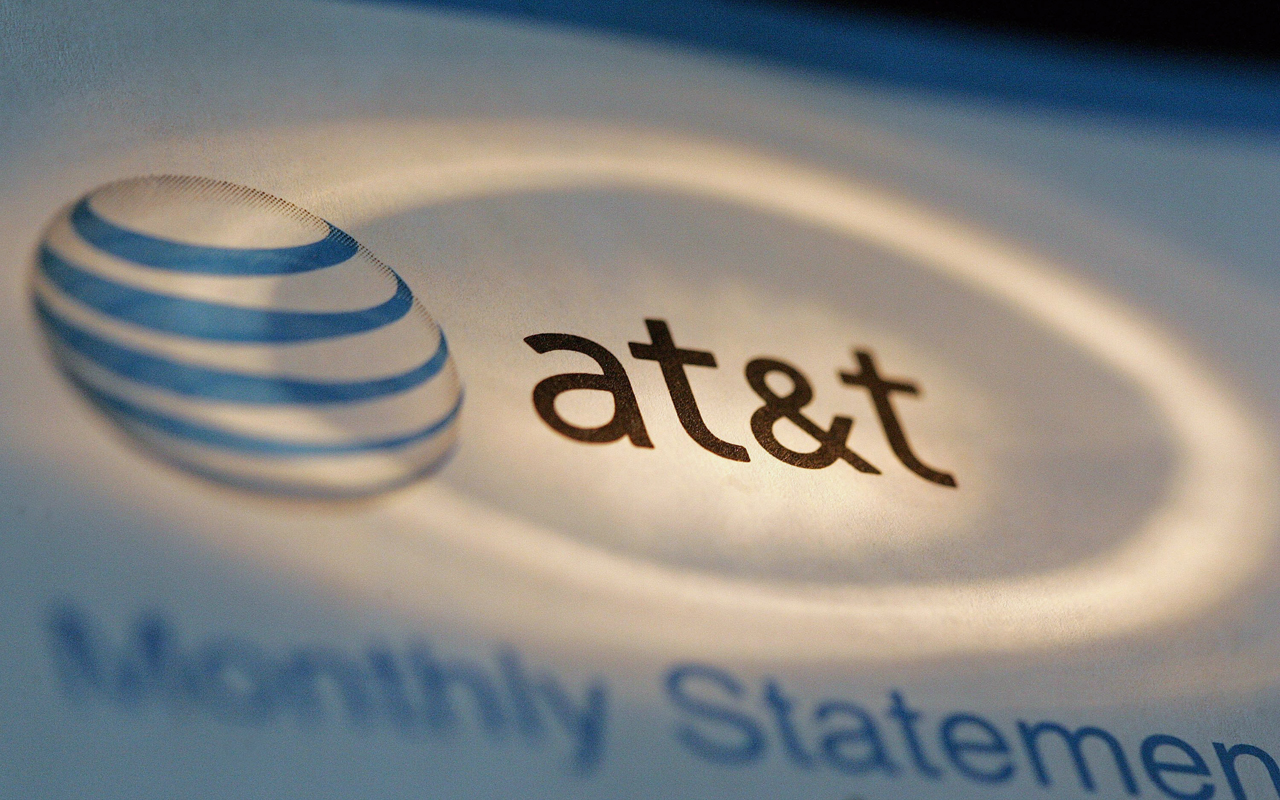
AT&T
- Year-to-date losses: 11%
While the planned pairing of telecom giant AT&T (T, $38.04) and media company Time Warner (TWX) has officially hit a wall in the form of the Department of Justice’s antitrust concerns, don’t think for a minute that’s the only reason AT&T’s stock has been struggling since the end of 2016.
No, this blue chip was in trouble even when the market thought the acquisition was a done deal.
Investors have been shedding their AT&T for an old-fashioned reason: The company hasn’t been doing well of late, and seems unable to stop its bleeding. AT&T has logged three straight quarters of lower year-over-year revenue. Earnings are more or less staying level, but the organization can't maintain margin expansion forever.
So what’s really working against AT&T, if not a legal hurdle? More than anything right now, disappointing subscriber growth for its satellite TV arm DirecTV. Last quarter’s net decline in the number of television subscribers AT&T prompted MoffettNathanson analyst Craig Moffett to warn, “It is becoming increasingly clear that the wheels are falling off of satellite TV.”
However, AT&T bulls can find a silver lining: Each step lower is an opportunity to buy new positions or add to existing stakes for a higher yield (now above 5%) and cheaper price.

O’Reilly Automotive
- Year-to-date losses: 12%
One would think something as skill-specific and part-specific as the auto parts and maintenance business would be relatively immune to the growing dominance of e-commerce giant Amazon.com (AMZN). But one would be wrong.
As One Click Retail’s Nathan Rigby recently put it, “After long overlooking its ability to compete in the automotive aftermarket, industry analysts are finally starting to recognize Amazon as a serious player.”
Amazon only got serious about auto parts and car care in early 2017, so the realized threat still is relatively new. But for evidence of how Amazon may be a headache, one only has to look at O’Reilly’s Automotive’s (ORLY, $245.92) results of late. The company reported disappointing same-store sales in Q2 that prompted a massive plunge in shares. While comps grew 1.8% in the third quarter to meet expectations, those expectations were a downgrade from previous guidance. And while companywide revenue was up around 5%, profit margins were down year-over-year. All this suggests the retailer is feeling the pinch from its online rival.
O’Reilly’s problems were alarming enough to drop the stock by as much as 39% at its low point this year. The company has recovered significantly, but still is on track to finish 2017 down by double digits.
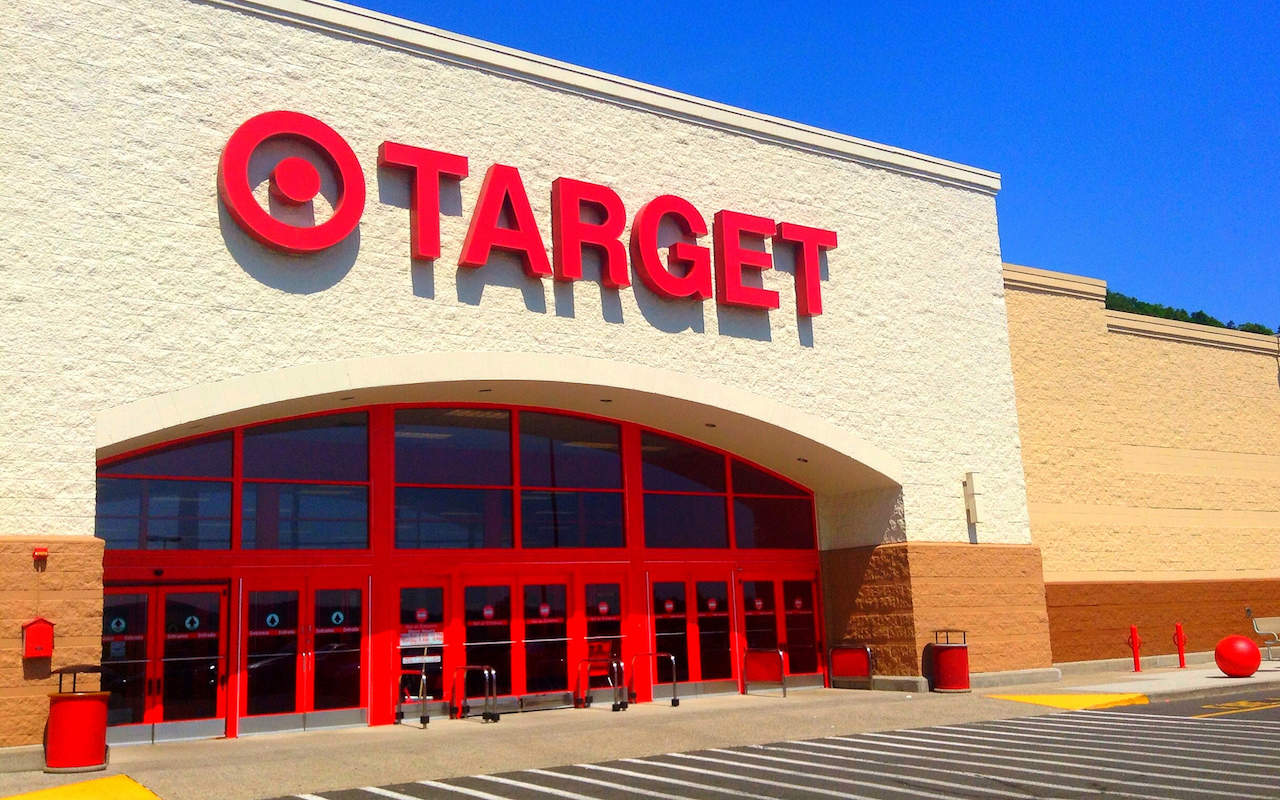
Target
- Year-to-date losses: 13%
- Target’s (TGT, $62.67) decline of 13% in 2017 isn’t particularly eye-popping, as the shares have been recouping some of what was lost early on in the year. Nonetheless, the retailer still is off 25% from its peak in July 2015, and is far from out of the woods.
It’s difficult to pinpoint the precise reason investors haven’t been thrilled with the blue-chip stock of late. There’s the lingering pushback from its 2016 decision to accommodate transgender customers by letting them use the restroom of their choice. There’s also the not-so-small matter of a 2013 data breach that exposed credit card data of millions of customers; some of them have not trusted the retailer since. In the meantime, Target’s deeper dive into the grocery game hasn’t gone well, allowing rivals to become more relevant to consumers on that front.
It’s likely that all of these headwinds are contributing to the company’s woes.
In a bigger, philosophical sense, however, Target’s shares have struggled because of increasingly competitive and notably larger rivals Walmart (WMT) and Amazon.com, which have left Target out of the either/or argument in consumers’ and investors’ minds. The flip side? Based on recent buying, Wall Street appears to see promise in Target’s December acquisition of Shipt, which will allow the retailer to offer same-day delivery in most of its stores by this time in 2018.

United Continental
- Year-to-date losses: 13%
This year has been a fruitful one for airline stocks, with the US Global Jets ETF (JETS) up 16% since the end of 2016. However, not every airline company has contributed to that gain – shares of United Continental (UAL, $63.03) still are in the hole to the tune of 13%, even with a modest bounce-back from its August low.
The knee-jerk assumption might be that United Continental’s woes this year stem from an embarrassing incident that took place in April, when a passenger was dragged off a plane that had been overbooked. Truth be told, some consumers may have followed through on their in-response promise to avoid flying on a United or Continental flight ever again.
However, UAL already was pushing into the headwinds of a tough turnaround effort that wasn’t going especially well. “There was a perception that management really backed off the earnings initiatives that they laid out last year,” Stifel Financial analyst Joe DeNardi told Bloomberg following the carrier’s most recent quarterly report. “The numbers aren’t adding up at this point. That really gives investors less confidence that they’re going to be able to close the margin gap with Delta.”

Halliburton
- Year-to-date losses: 17%
Oil services giant Halliburton (HAL, $44.76) has worked its operations back into the black this year, though it was slower in doing so than most of its peers. With some help from the ongoing recovery in oil prices since their 2014 meltdown, the company posted net income of $28 million in its second quarter, then widened that profit to $365 million in Q3.
It hasn’t been enough to appease investors, however. While HAL got the year started on a bullish front, it has been one of the worst energy blue-chip stocks since then, with shares losing 17% of their value with a couple weeks to go in 2017.
The stock’s weakness is somewhat defiant of analyst opinions. Deutsche Bank recently opined that fracking and the corresponding pressure-pumping market – and the likely rising prices in pressure pumping services – actually bode well for HAL shares. Halliburton also recently warned, however, that oil drillers haven’t exactly stepped up their activity in a way that’s commensurate with the rebound in crude prices.

Molson Coors
- Year-to-date losses: 18%
A year ago, beer brewer Molson Coors (TAP, $79.50) was on top of the world. Earnings were flowing like water, and the acquisition of the portion of MillerCoors – a joint venture with SABMiller – that it didn’t already own set the stage for a great 2017.
It never happened. The company missed three of its past four quarterly earnings estimates. The fourth – Q3 of this year – was a mere “meet” marred by the fact that its $1.34 in per-share profits still were notably less than the year-ago’s $1.91. The stock is down almost 20% with most of 2017 out of the way, and still knocking on the door of lower lows.
Molson Coors is struggling with a consumer base that’s increasingly less interested in well-recognized beer brands, but it appears to have had enough. The company realizes it must cater to a more discriminating audience – and it is. Molson’s Canadian arm announced in early November it was acquiring Quebec-based microbrewer Trou du diable, underscoring its willingness to move to where the industry is going rather than focusing on where it has been.
There’s still plenty of work to be done. But Molson Coors has accepted what the market looks like now, and is responding accordingly. We’ll find out next year whether the strategy has promise.

Campbell Soup
- Year-to-date losses: 19%
How hard can the soup business be? Tougher than you might think, judging from the results Campbell Soup (CPB, $49.19) has mustered since 2014. The company posted a third-quarter earnings miss in November, but more importantly, revenues declined for the 12th straight quarter.
ConsumerEdge Research analyst Jonathan Feeney said that for the most recent quarter, “(Campbell) simply lost a soup season to a surprisingly price competitive player over which they enjoy massive share leverage.”
General Mills (GIS) was the competitive player Feeney was talking about. However, in a bigger sense, he also was talking about questionable decisions from the company’s top brass.
There’s a marginal chance for a turnaround come 2018. For the first time in too long, the “A” word is being thrown around: activism. In fact, the idea of an activist investor – fed up with subpar performance – shaking things up has some real merit. It simply would be a tough hill to climb, as more than 40% of the company is held by Dorrance family members and other insiders.

Allergan
- Year-to-date losses: 19%
Drugmaker Allergan (AGN, $169.24) got the year started on the right foot, but that strength faded quickly, then outright reversed in August in response to so-so sales from its high-profile drugs like Restasis and Kybella. Some strange maneuvers in the meantime sustained the selloff.
Chief among those decisions was the company’s decision to transfer the key patent on eye drug Restasis to the Saint Regis Mohawk Tribe as a means of extending the patent’s effective life. The legal theory was, since U.S. patent laws arguably shouldn’t apply to tribal Indian communities on their own sovereign land, competitors won’t be able to introduce a generic form of the treatment.
The ploy had some merits, but not enough. In October, a federal judge invalidated the drug’s patent altogether, making the legal maneuver moot. Not only did Allergan lose its exclusivity on the drug, but it delivered a message of desperation that investors took to heart. Indeed, it was so off-putting, Regeneron (REGN) Chief Executive Leonard Schleifer recently said of Allergan’s strategy, “I think it makes the industry, the country look bad.”
It makes Allergan look worst of all, though. AGN shares are down nearly 20% year-to-date, extending a slide that has slashed 44% of the company’s value since July 2015.
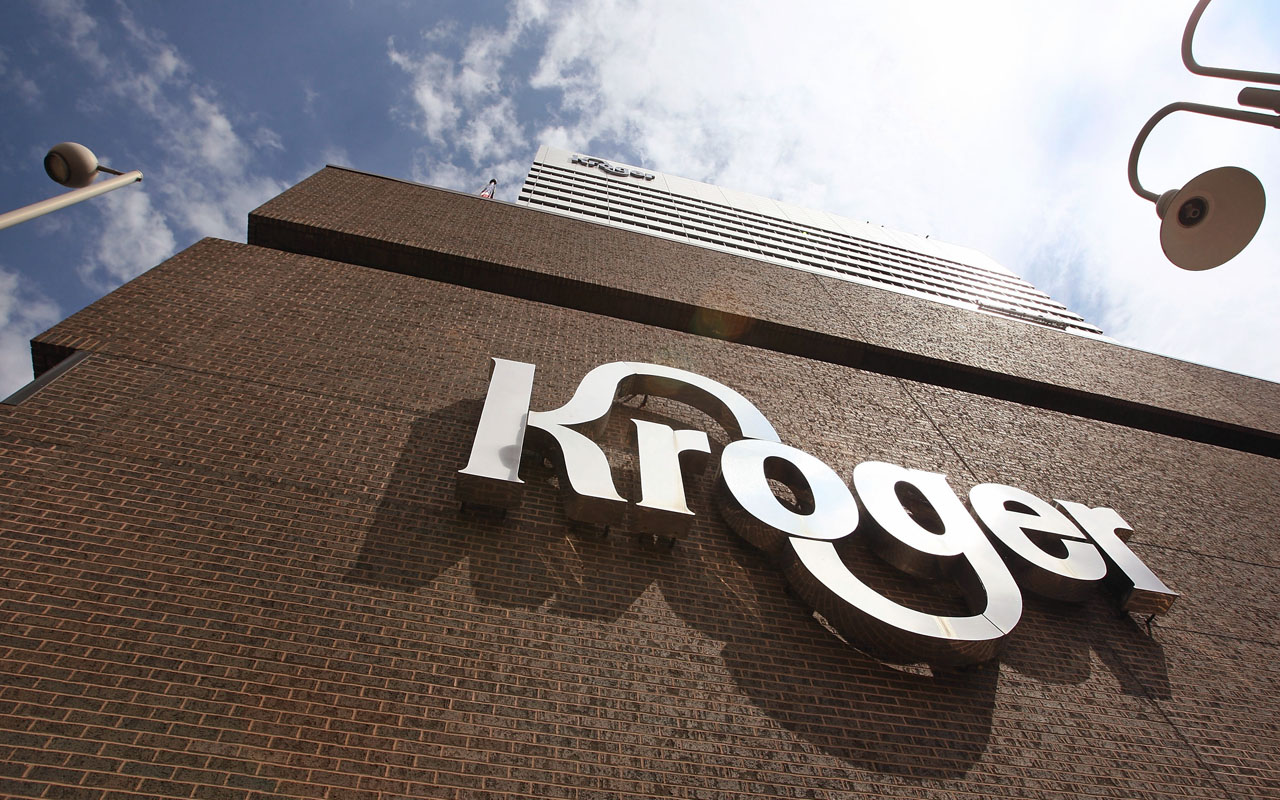
Kroger
- Year-to-date losses: 23%
- Kroger (KR, $26.69) shares are in the red to the tune of 24% year-to-date, and that even includes a big post-earnings bounce in late November. Most of the pullback in the blue chip stemmed from June’s news that Amazon was aggressively stepping up its grocery game via an acquisition of Whole Foods Market. If Amazon – which cares little about actual profits – gets into an industry, most companies already in that industry tend to suffer.
How does one pull the rug out from underneath the country’s biggest grocery store chain? Let Amazon get into the business.
That said, Amazon already was chipping away at Kroger’s proverbial bread and butter. It introduced consumer staples as a purchase option on its e-commerce site well before 2017, and that effort was getting traction before Whole Foods even came into the picture. Amazon’s experiment with curbside pickup of groceries ordered online is another potential threat to Kroger.
Never even mind that Walmart has improved its grocery operations. In response to Walmart’s strong third-quarter results, reported in November, BMO Capital Market analyst Kelly Bania wrote, “In our view, the acceleration in Walmart grocery comps despite similar inflation sequentially implies strengthening market share gains, which could be challenging for Kroger.”
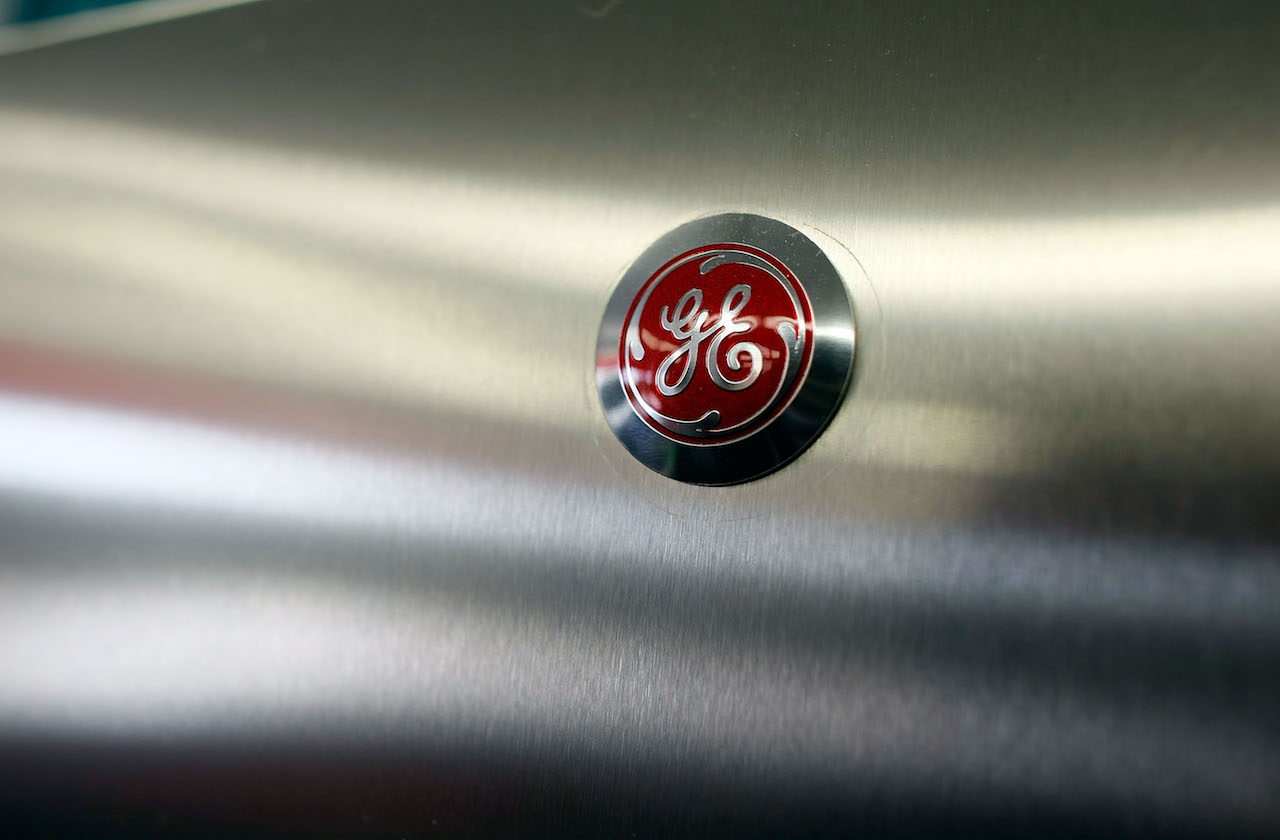
General Electric
- Year-to-date losses: 44%
- General Electric (GE, $17.91) may have been an all-American institution a few years ago, but it has struggled to remain relevant in the new digital age.
That’s not to say the world still doesn’t need the aviation, healthcare and power products that General Electric still makes. But it is to say that without Jack Welch at the helm, the company has become oddly uncompetitive. Scott Davis, CEO and lead analyst at Melius Research, recently wrote, “The company has been disgraced … GE is in crisis mode and needs to clean house as fast as possible.”
General Electric already has undergone some house-cleaning, including installing a new CEO, John Flannery, and several senior executives have left the company. The company also plans to cut thousands of jobs and is looking at spinning off or selling some of its operations.
A turnaround can’t come soon enough for loyal GE investors, who have watched their stakes lose nearly 45% in value in 2017 alone. The salt in that wound? In November, the quarterly dividend of 24 cents – the one remaining reason many investors stuck with the beleaguered stock – was cut in half until further notice.
James Brumley was long T as of this writing.
Get Kiplinger Today newsletter — free
Profit and prosper with the best of Kiplinger's advice on investing, taxes, retirement, personal finance and much more. Delivered daily. Enter your email in the box and click Sign Me Up.

-
 Stock Market Today: Stocks Soar on China Trade Talk Hopes
Stock Market Today: Stocks Soar on China Trade Talk HopesTreasury Secretary Bessent said current U.S.-China trade relations are unsustainable and signaled hopes for negotiations.
By Karee Venema
-
 2026 Disney Dining Plan Returns: Free Dining for Kids & Resort Benefits
2026 Disney Dining Plan Returns: Free Dining for Kids & Resort BenefitsPlan your 2026 Walt Disney World vacation now. Learn about the returning Disney Dining Plan, how kids aged three to nine eat free, and the exclusive benefits of staying at a Disney Resort hotel.
By Carla Ayers
-
 The Cheapest Places To Retire in the US
The Cheapest Places To Retire in the USWhen you're trying to balance a fixed income with an enjoyable retirement, cost of living is a crucial factor to consider.
By Stacy Rapacon
-
 Stock Market Today: Stocks End Mixed Ahead of Powell
Stock Market Today: Stocks End Mixed Ahead of PowellPolitical upheaval in South Korea kept investors on their toes Tuesday.
By Karee Venema
-

 Stock Market Today: Stocks Drop, Oil Spikes After Iran Attacks Israel
Stock Market Today: Stocks Drop, Oil Spikes After Iran Attacks IsraelA massive port strike and dismal economic data also weighed on the main indexes Tuesday.
By Karee Venema
-

 Stock Market Today: Stocks Gain After Powell Talks Rate Cuts
Stock Market Today: Stocks Gain After Powell Talks Rate CutsA late-day burst of buying power helped the main indexes close higher for the day, month and quarter.
By Karee Venema
-
 Stock Market Today: Stocks End Mixed To Start Q2
Stock Market Today: Stocks End Mixed To Start Q2Strong readings on the manufacturing data lowered expectations for a June rate cut and kept investors on edge.
By Karee Venema
-
 How To Use Sector Rotation In Investing
How To Use Sector Rotation In InvestingAnticipating turns in the economy through sector rotation can pay off for nimble investors.
By Nellie S. Huang
-
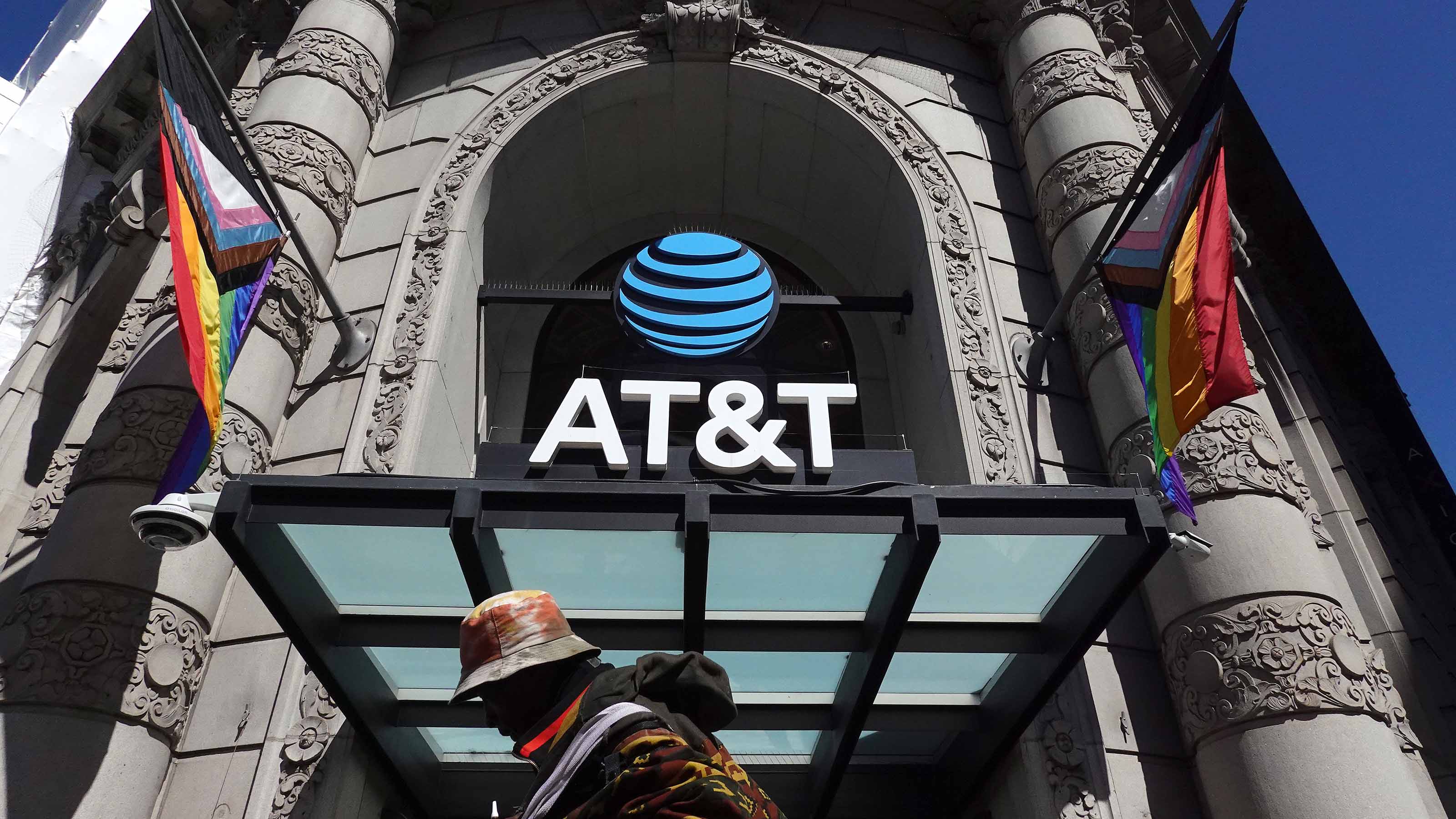 AT&T, Verizon Dividends Look Safe, Analyst Says
AT&T, Verizon Dividends Look Safe, Analyst SaysAT&T's and Verizon's dividends appear sustainable even as worries about lead contamination costs weigh on shares.
By Dan Burrows
-
 What Are Dividend Stocks?
What Are Dividend Stocks?Dividend-paying companies are a wise addition to most portfolios, but not all are created equal. Here, we answer the question "what are dividend stocks," and explain how to find the best ones.
By Mark R. Hake, CFA
